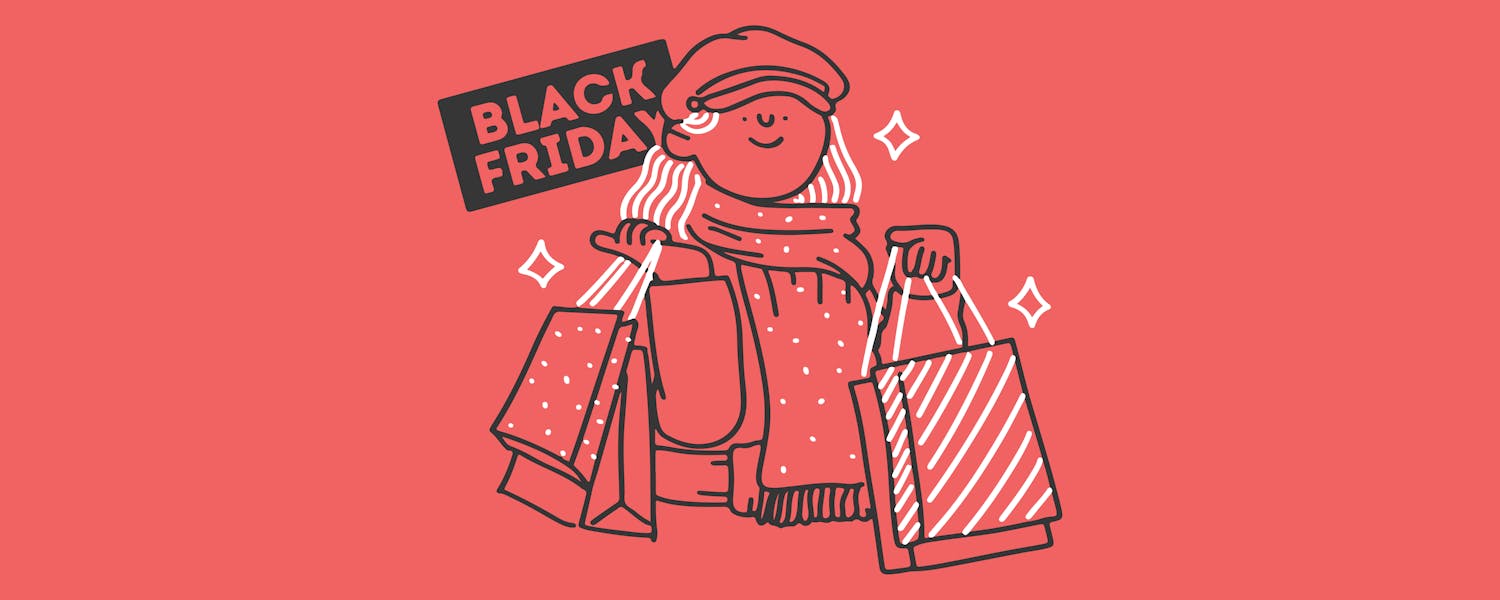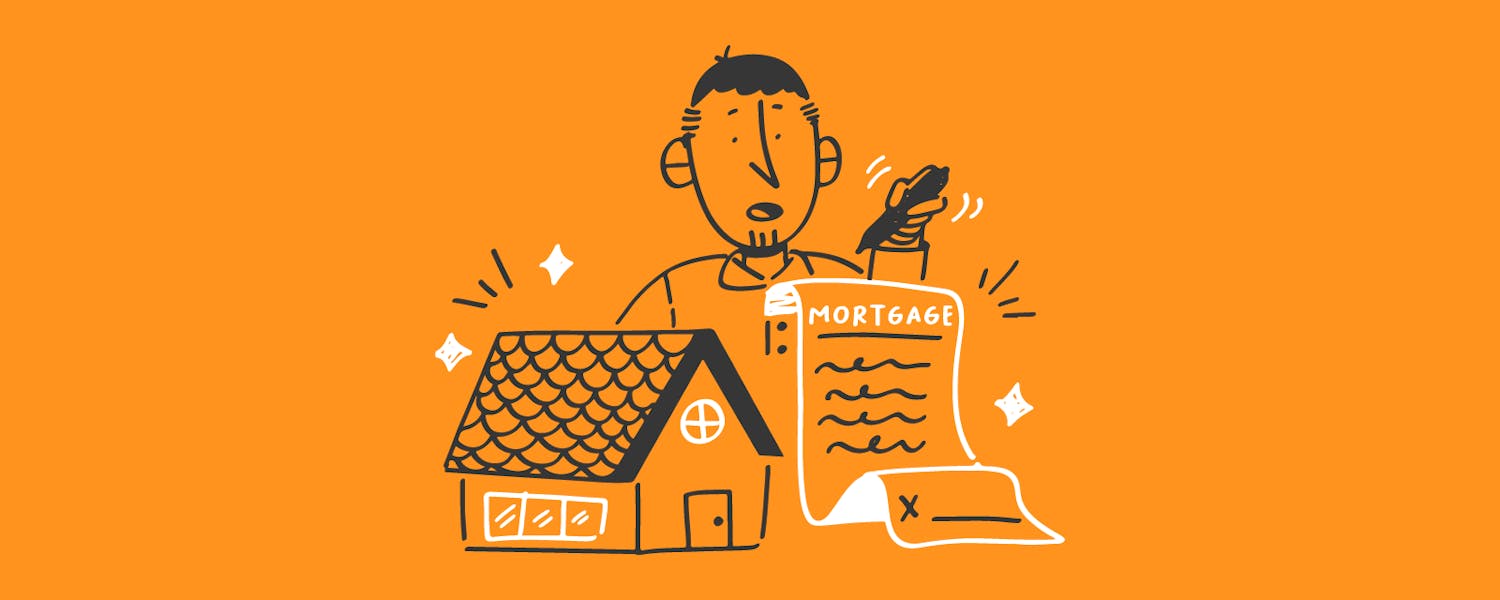All things money: Black Friday, shopping sprees & turkey sweats
Black Friday is the single biggest day of retail sales and savings in the US every year.
Black Friday is a favorite of most for doing some early Christmas shopping due to the crazy discounts retailers offer for the day.
Lines of eager customers wrap around the block from the early hours of the day as people try to get access to unbelievable savings on their favorite products. But have you ever wondered why retailers offer crazy sales on the same day?
To answer this question, you need to follow the money and take a detailed look into the economics of Black Friday. So hang tight as we dive into the turkey sweat induced shopping spree of Black Friday.
What is Black Friday
Black Friday is the day after Thanksgiving or the third Friday of November every year. It's a day when most retail stores offer considerable discounts on their popular products. These discounts are often applied to valuable items, making them much more affordable for a short period of time.
Envato/TaniaJoy
Due to the massive savings that can be made in a Black Friday sale, it results in very busy and hectic stores packed with people on shopping sprees.
Black Friday earned its name as it's the first day of prime retail season. As a result, it's the day that the business goes from taking a loss to turning a profit.
Back in the days of paper bookkeeping, accounts were marked with either black or red pen, with black indicating a profit and red indicating a loss.
So, once the Friday after Thanksgiving arrives, stores would be 'in the black,' giving birth to the term Black Friday.
How and why it started?
Black Friday originated in the 1950s as the day to kick off the Christmas shopping season.
Retailers offered major sales and discounts to incentivize customers to start their gift shopping right after Thanksgiving. The sales proved very effective, and the tradition caught on and grew more extreme each year.
Envato/LightFieldStudios
Retailers saw how profitable the day could be, so they started opening earlier and earlier to get customers in the door.
The name Black Friday came about later in Philadelphia, coined by police officers frustrated with dealing with the hordes of shoppers and traffic headaches the day caused.
Black Friday through the years
Over the decades, Black Friday evolved from a regular sales day into a highly hyped shopping event.
Retailers realized they could generate free publicity and buzz by offering over-the-top sales and even giving away high-value prizes to the first customers in line.
Shoppers began lining up the night before to try to be among the first inside when doors opened.
The holiday shopping season became more concentrated than ever, with customers focused on getting the best deals on Black Friday.
Retailers moved up opening hours, eventually pushing into Thanksgiving evening itself. Scenes of shoppers bursting through doors became a familiar sight on the evening news.
Envato/ijeab
 E-Commerce against brick & mortar stores
E-Commerce against brick & mortar stores
The rise of e-commerce has brought about new dynamics on Black Friday. Online retailers jump started Black Friday sales earlier each year, leading to the week itself being dubbed "Black Friday week."
Cyber Monday emerged as yet another huge day for internet sales.
Still, in-store shopping remains hugely important for brands and customers.
People enjoy the thrill of lining up for hot deals on Black Friday. Retailers use doorbuster in-store deals to draw people in, counting on them to make additional impulse purchases.
For brands without a major online presence, Black Friday store traffic is essential. How we buy may have changed, but the frenzy remains.
Lockdowns changed it all
In 2020, the COVID-19 pandemic shook up Black Friday dramatically.
Envato/drazenphoto
For the first time, most retailers remained closed on Thanksgiving Day itself.
Crowded midnight doorbusters were called off for safety. But shopping itself continued, shifting primarily online. Curbside pickup and delivery gained share.
Even as in-store shopping has resumed, the huge Thanksgiving evening store openings are unlikely to return.
The pandemic accelerated the transformation of Black Friday into an omnichannel event.
Are there special deals to travel?
Deals continue for your trips with Travel Tuesday, since 2017 travel companies have allied to offer lower prices the day after Cyber Monday, with discounts on hotels, cruises, flights, and more.
There are more travel deals expected on this day compared to Thanksgiving, Black Friday, or Cyber Monday.
Preparing for Black Friday
Black Friday comes quickly and leaves quicker. So local stores and customers must prepare for the day in advance. Below are some ways that customers and stores prepare for Black Friday.
Customers
Here are two key points to remember when preparing for Black Friday 2023:
- Define, save, research, and go for it! – Make a list of what you want to buy and research the regular prices.
- The discounts to look for - Look for markdowns of 30-40% on apparel, shoes, and accessories and discounts of up to 30% on TVs, game consoles, and computers.
- Also, keep an eye out for low prices on toys, small kitchen appliances, and smart home tech, as there are great opportunities here for significant savings.
- Opt for high-ticket items like electronics so you can save more money.
- Sign up for brand emails and check their Black Friday ads when released.
- Follow deal sites for additional savings opportunities when shopping.
If you’re buying online, check out more tips in this link.
Stores
Stores also need to prepare for Black Friday; here are some ways they do this:
- Hirings for the season – Retailers staff up with extra seasonal help to handle the high volume of Black Friday shoppers. Critical areas like checkout, security, and customer service see boosted staffing.
- Inventories – Retailers stock the most popular doorbuster deal items as early as possible. Limited quantities create buzz and excitement.
- Stores also prepare additional checklists of fast-selling basics like socks and pajamas.
What to Expect this Black Friday
Holiday spending is expected to range between $957.3B and $966.6, according to the National Retail Federation's 2023 Consumer Holiday Survey, carried out by Prosper Insight & Analytics. That's between 3-4% more than last year's forecasts.
Although 43% of the surveyed said they would start shopping before November, 60% of them said it was to spread out their gift shopping budget, 58% of the people also expected to finish their until December.
The most mentioned destination this year was online shopping with 58% of the surveyed mentioned, followed by 49% for department stores and 48% in discount stores.
Following the digital sales, Adobe Analytics’ 2023 Holiday season online shopping forecasts expect $221.8B to be sold online during the Holiday Season, $12B of which will be sold on Cyber Monday, a 6.1% hike from last year.
Among the most relevant findings of Adobe's analysis is the flexible Buy Now, Pay Later payment method, expected to sell $17B, setting a new record with a 16.9% jump from last year, being Cyber Monday the largest date with $782M, an 18.8% increase from last year.
Retailers have adjusted operations to meet this omnichannel demand.
With cautious optimism, they anticipate solid holiday sales.
The turkey sweats and doorbuster frenzies will be back in full force, so make sure to follow the preparation tips outlined above, and hopefully, you can make the most of the epic savings this year.





